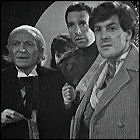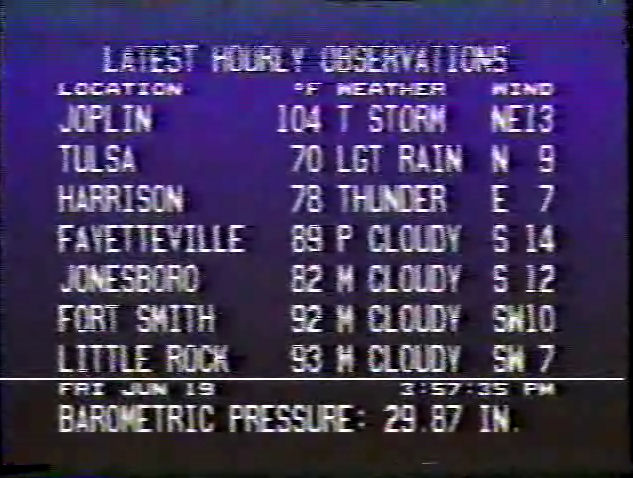To WHO it may concern, GREETINGS!!1!
 The past week or so has been interesting in the world of Doctor Who fandom. Honestly, I’ve almost forgotten that we’re supposed to be taking bets on who replaces Matt Smith at this point. On the off-chance that you’re not really a Doctor Who fan yourself… well, first off, what on Earth are you doing at this web site, which is fairly dripping with Doctor Who?
The past week or so has been interesting in the world of Doctor Who fandom. Honestly, I’ve almost forgotten that we’re supposed to be taking bets on who replaces Matt Smith at this point. On the off-chance that you’re not really a Doctor Who fan yourself… well, first off, what on Earth are you doing at this web site, which is fairly dripping with Doctor Who?
But, beyond that, all you really need to know is this: during the 1960s, Doctor Who was produced in black & white on video, and the series was made almost year-round to the tune of one 25-minute episode per week. The videotapes were transferred to a more universal medium – film – and sold abroad, often dubbed into the local language. From various points in Europe to the Middle East and beyond, these films were “bicycled” from broadcaster to broadcaster, a practice that was still in force as recently as my early years in the TV biz (I distinctly remember that, at the station where I worked in the early ’90s, episodes of Mama’s Family were bicycled from station to station; no, I don’t know why either).
And then, in the late ’60s, staring down the barrel of an impending change of video format with little reasonable expectation that programs recorded in the older, lower-resolution format could ever be exploited commercially, and knowing that yet a further new format would be introduced in due course (namely, color television), the British Broadcasting Corporation issued internal instructions to its videotape archive: get rid of these old shows. Get rid of everything that isn’t of obvious historic value (such as footage of the Queen’s coronation). In the BBC’s view, there was no point in wasting all of that valuable space to preserve programming which had no commercial future.
If only they’d known. … Read more

